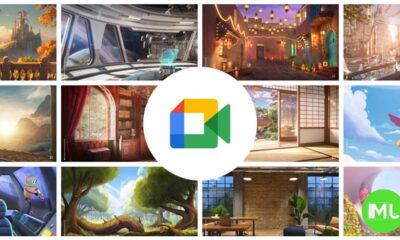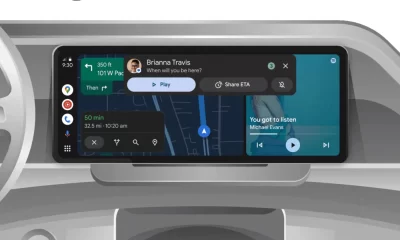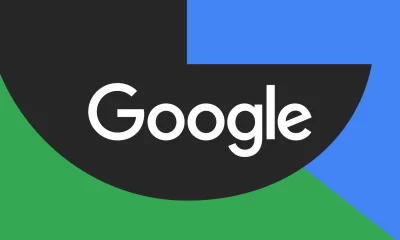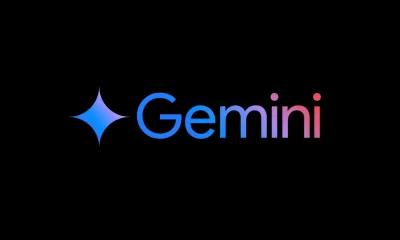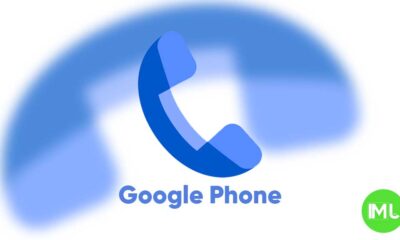Google expands free TV channels, faces antitrust battle, and pushes YouTube pause ads
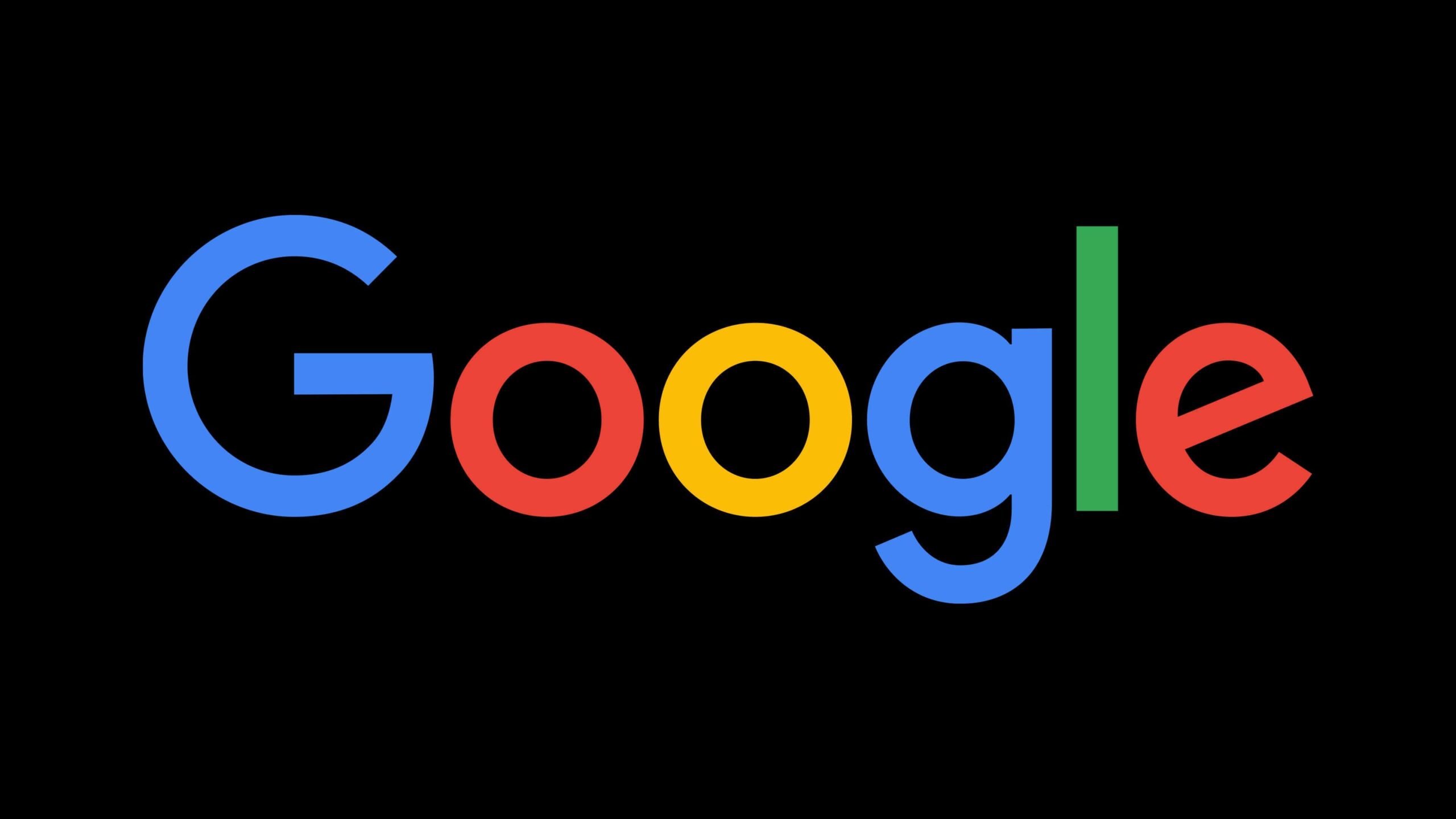
Top 3 Key Points:
- Google TV adds more free channels, including The Bob Ross Channel, reaching 157 total.
- Google faces a second antitrust trial, this time focused on its dominance in online advertising.
- YouTube rolls out Pause ads, encouraging users to subscribe to YouTube Premium.
Google is continuously expanding its free TV offerings. This week, Google TV added seven new channels, bringing the total to 157. New channels include The Bob Ross Channel, Comedy Dynamics, and The Dog Whisperer with Cesar Millan. These channels are available on Chromecast and other Google TV devices, allowing users to watch them directly through the home screen or the Freeplay app.
Initially, when Google TV launched its free channel service in 2023, there were around 80 channels. Through partnerships with platforms like Plex and Tubi, users can now access even more content through Google TV’s “Live” tab. As of now, this feature is only available in the U.S., and there’s no information on expanding it internationally.
On a different front, Google is facing another antitrust trial. The U.S. Department of Justice (DOJ) has accused Google of maintaining an illegal monopoly in online advertising. This is the second major antitrust case against the company in just a few months, following a ruling in August that Google held a monopoly in online search.
Unlike the search case, this ad case is more complex. Google’s dominance in advertising largely stems from its acquisition of several competitors, creating a highly sophisticated system for managing ads across platforms. Now, the DOJ is arguing that Google used these acquisitions to unfairly maintain control over the digital ad market.
As the trial unfolds, witnesses from news publishers and advertising experts are testifying on how Google’s practices have impacted competition. If the court rules against Google again, the company could face serious consequences, possibly even having parts of its business broken up.
Meanwhile, over on YouTube, the platform has started expanding its Pause ads feature. These ads appear when a user pauses a video, with a static ad popping up next to the video screen. YouTube’s goal is to make these ads feel less intrusive compared to the usual pre-roll and mid-roll ads, but it’s also a clear push to get users to subscribe to YouTube Premium for an ad-free experience.
Although some users are frustrated by the increasing number of ads, YouTube claims that advertisers are responding positively to the new format. However, the platform has made no indication that it plans to reduce the number of other ads users encounter, especially for those who aren’t subscribed to Premium.
In conclusion, Google’s expanding presence in TV, ongoing legal battles, and evolving advertising strategies reflect its continuing influence on both entertainment and online business.
Google Meet gets a fresh new look with Material 3 design
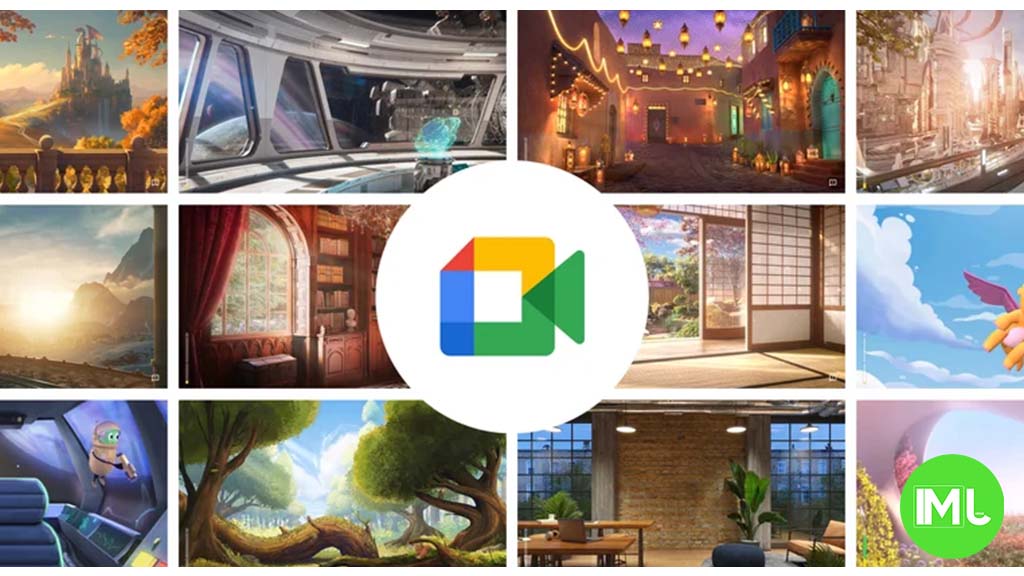
Google Meet is getting a big update to its look, thanks to the new Material 3 design. This change brings a cleaner and more modern style to the video calling app, making it easier and more enjoyable to use.
With Material 3, Google Meet now has rounder buttons, softer colors, and better spacing between elements. The main controls, like the microphone, camera, and end call buttons, are now larger and easier to tap. The icons and text are also clearer, which helps users find what they need quickly during a call.
Another improvement is the new “expressive” color system. This feature lets the app’s colors match your device’s wallpaper or theme, giving each user a unique and personalized experience. The changes also make Google Meet more accessible, as the new design is easier to read and use for everyone, including people with vision difficulties.
These updates are rolling out to both web and mobile versions of Google Meet. Google says the new look will help people feel more comfortable and focused during their meetings. Overall, the Material 3 update makes Google Meet not only look better but also work better for all its users.
Android
Easy ways to change Android Auto’s look with light and dark themes
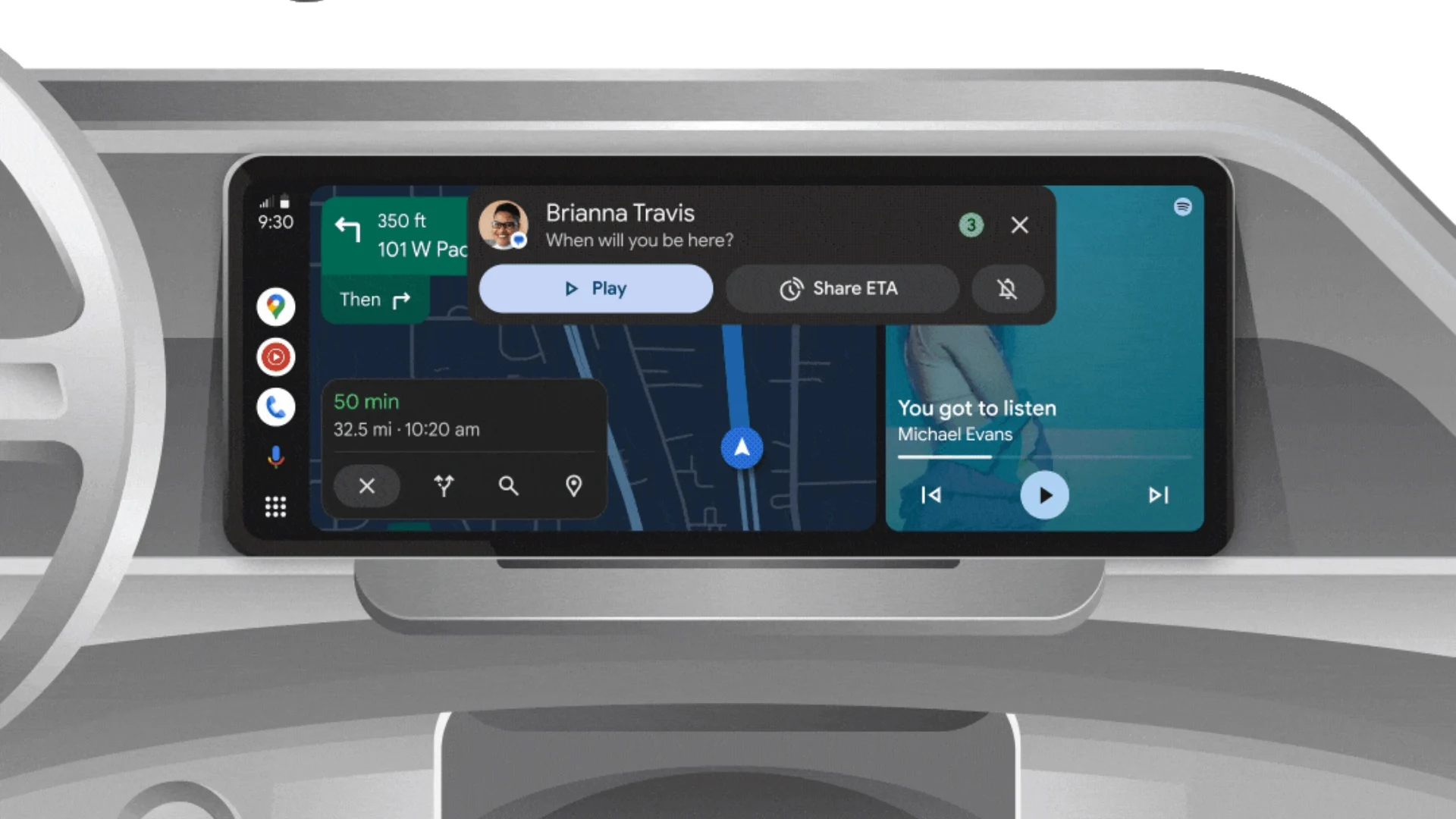
Android Auto is a helpful tool that lets you use your phone’s apps safely while driving. It connects your phone to your car’s screen, making it easier to use maps, music, and calls. One of the features many people like is the ability to change how Android Auto looks by switching between light and dark themes.
How to switch between light and dark themes
Android Auto offers two main themes: light and dark. The light theme uses brighter colors, which can make the screen easier to see during the day. The dark theme uses darker colors, which can be more comfortable for your eyes at night or in low light.
To change the theme, follow these steps:
- Open the Android Auto app on your phone.
- Go to the settings menu.
- Find the “Theme” option.
- Choose between “Light,” “Dark,” or “Set by car” (this lets your car decide the theme based on the time of day or your car’s settings).
Why themes matter
Using the right theme can make driving safer and more comfortable. The light theme is good for bright days, while the dark theme helps reduce glare at night. Having these options means you can pick what works best for you, making Android Auto easier to use in any condition.
In short, Android Auto’s theme options are simple to use and help you drive more safely by making the screen easy to see, no matter the time of day.
Google Drive and Files by Google get fresh updates for easier use
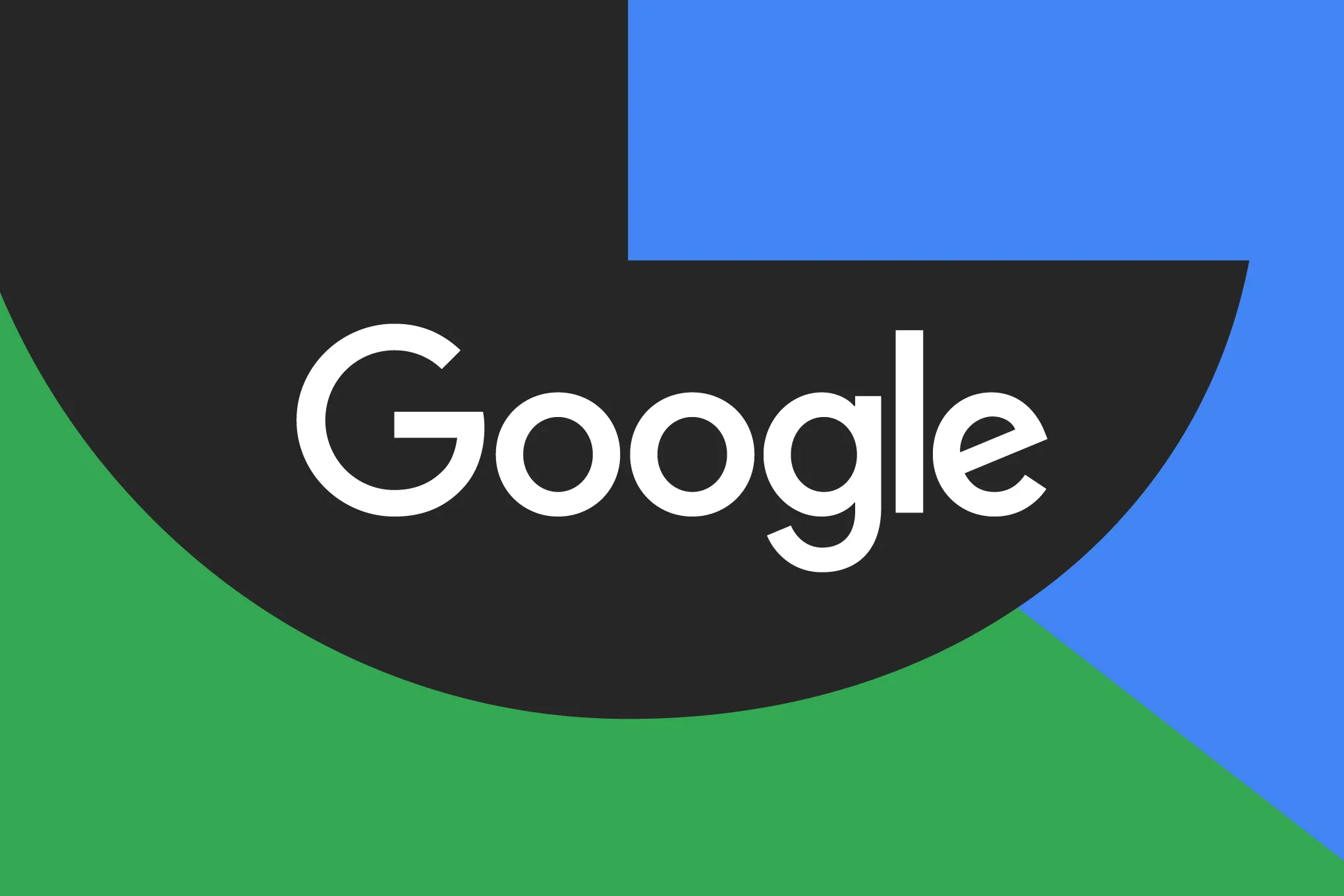
Google is rolling out some helpful updates to two of its popular apps: Google Drive and Files by Google. These changes are designed to make managing your files and watching videos much smoother.
First, Google Drive is getting a new video player. Now, when you upload a video to Drive and open it, you’ll notice a fresh look that matches Google’s latest design style. The controls, like play and pause, are easier to use and look cleaner. This update makes it simpler to watch videos directly in Drive without needing to download them first.
Meanwhile, the Files by Google app is also getting a makeover. The app is adopting Google’s Material 3 design, which means it looks brighter and more modern. The buttons and menus are easier to see and use, making it simpler to find, move, and organize your files. There are also new color options and improved icons, so everything feels more user-friendly.
Both updates show Google’s commitment to making its apps more helpful and enjoyable to use. Whether you’re watching videos in Drive or sorting files on your phone, these changes aim to save you time and make things less complicated. If you use these apps, keep an eye out for these new features—they should arrive soon!
-
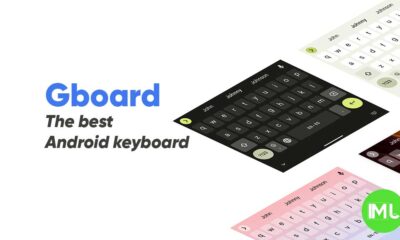
 Apps1 year ago
Apps1 year agoGboard Proofread feature will support selected text
-
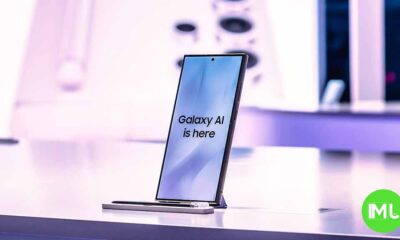
 News1 year ago
News1 year agoSamsung USA crafting One UI 6.1.1
-

 Apps12 months ago
Apps12 months agoGoogle Contacts app testing new Besties Widget
-
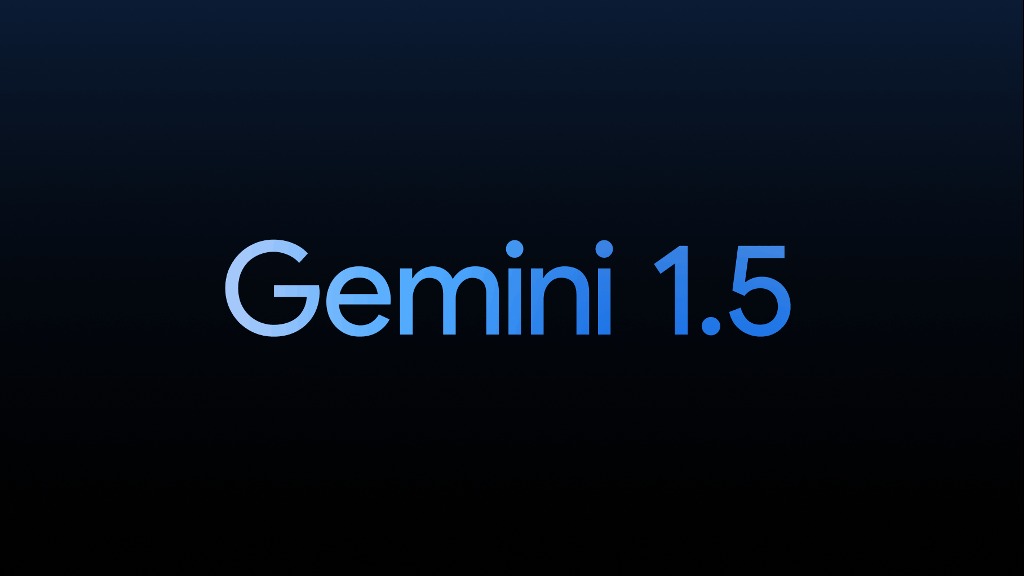
 AI12 months ago
AI12 months agoGoogle Pixel 9 Pro may come with a complimentary one-year Gemini Advanced subscription
-

 News1 year ago
News1 year agoBreaking: Samsung Galaxy S22 may get Galaxy AI features
-
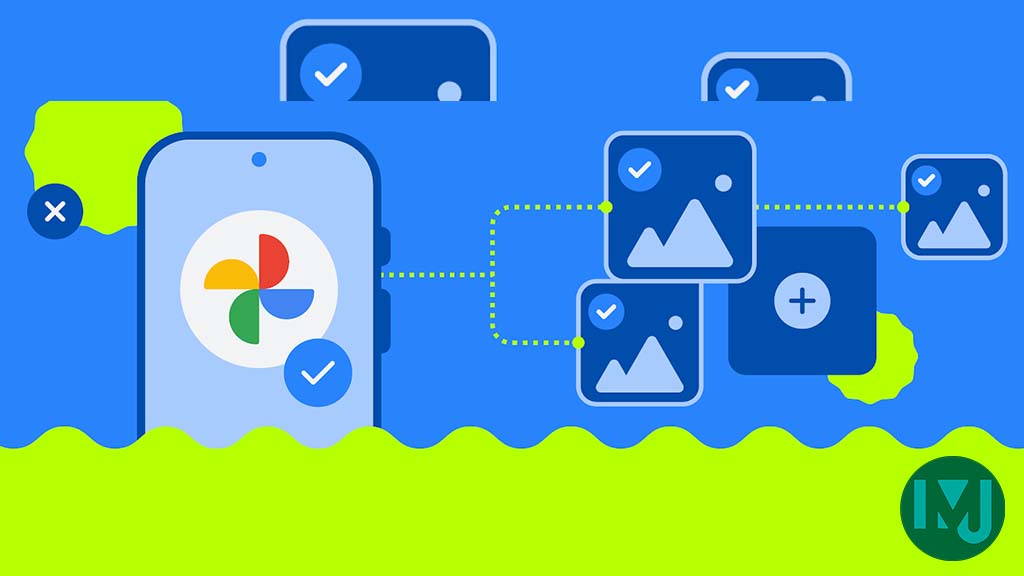
 Apps12 months ago
Apps12 months agoGoogle working on a new video editing feature for its Photo app
-
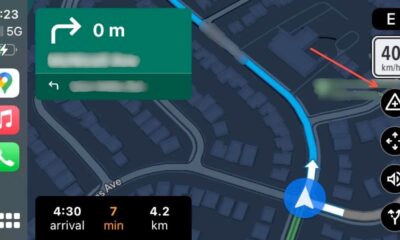
 Apps12 months ago
Apps12 months agoGoogle Maps lets you report traffic jams and accidents on Apple CarPlay, but not on Android Auto
-

 Apps12 months ago
Apps12 months agoGoogle Messages app will transform MMS chats into RCS

